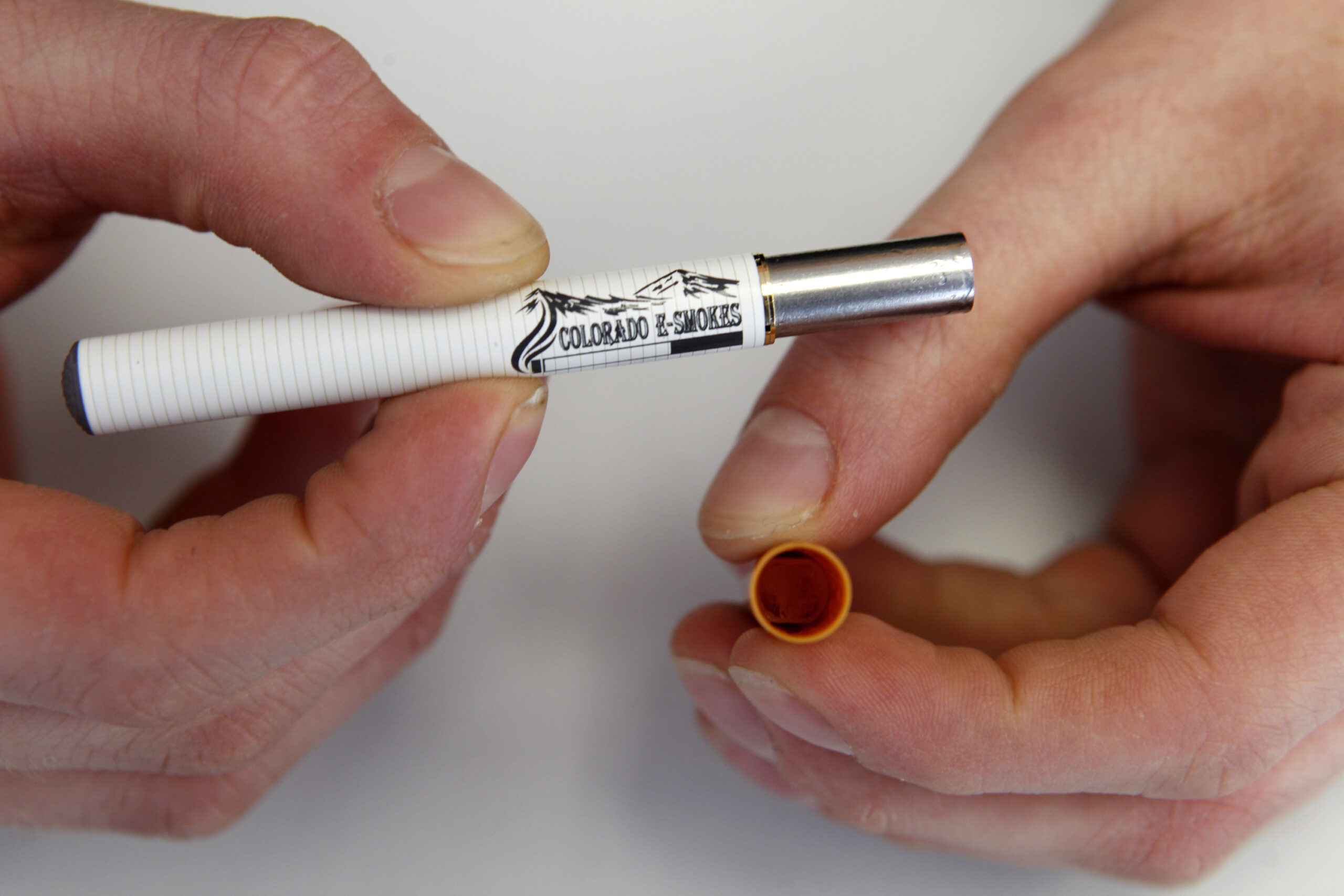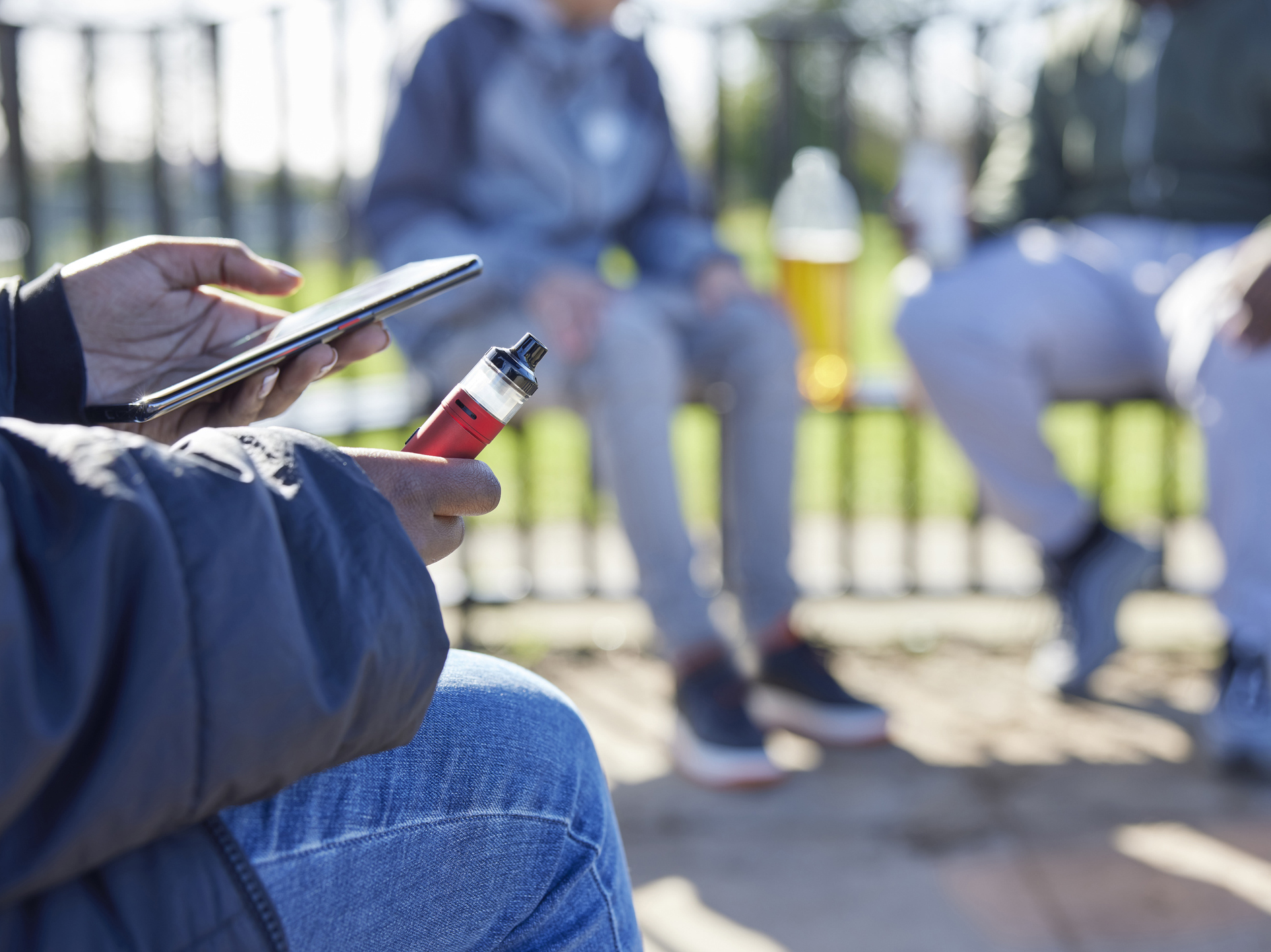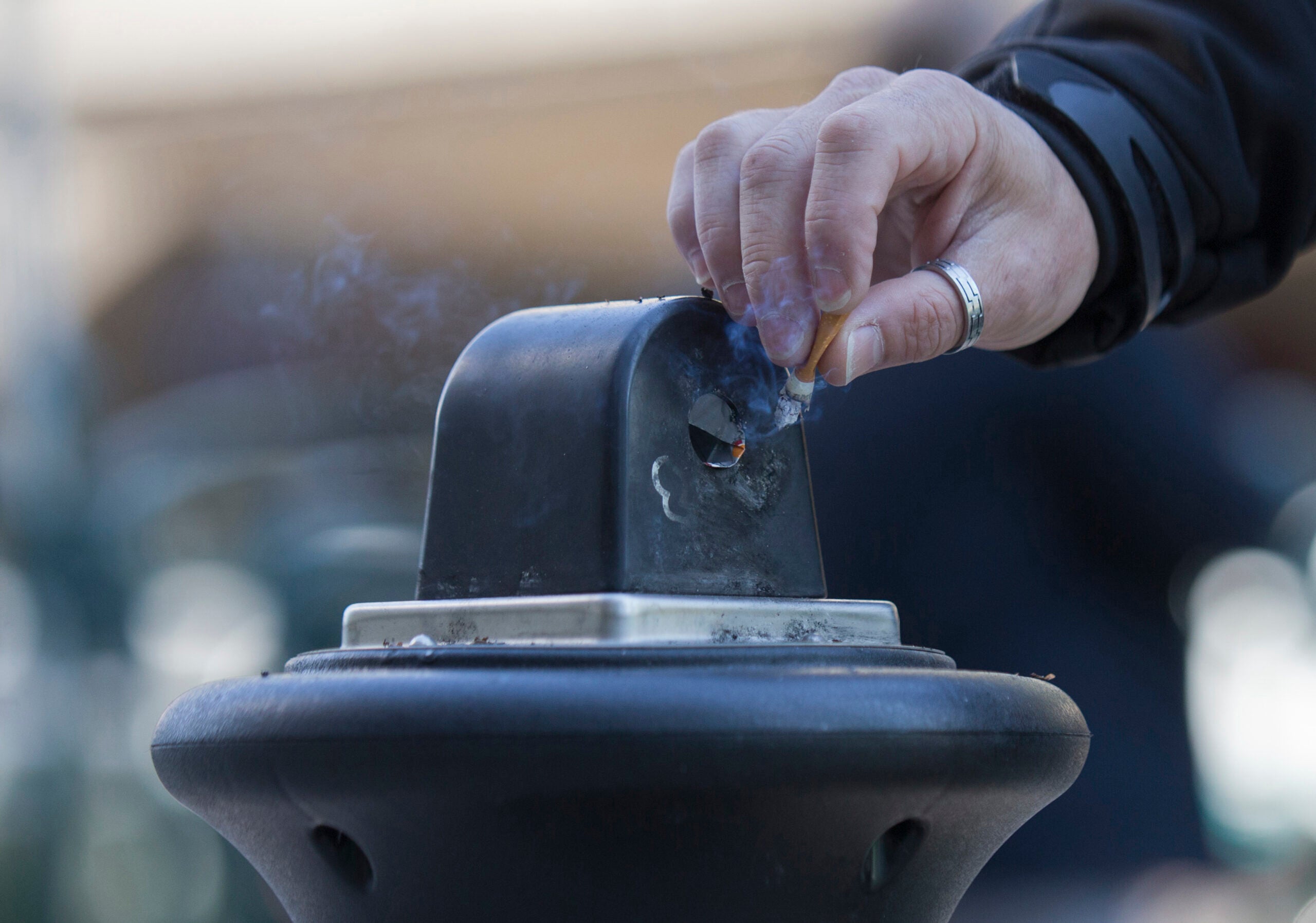Schools across the country, including some in Wisconsin, are struggling to keep students from using e-cigarettes. Our guest is a public health specialist. She explains the risks of vaping, the challenge of keeping nicotine out of kids’ hands, and the ways educators are trying to curb its use in all forms.
Featured in this Show
-
Health Officials Concerned Over Teen E-Cigarette Use In Wisconsin
It’s been decades since Congress barred tobacco companies from advertising cigarettes on television in a national effort to keep them from targeting children with dangerous products.
Now, the world of e-cigarette products is grabbing young people’s attention, and that’s alarming to Nina Gregerson from Public Health Madison Dane County. She’s a specialist who focuses on tobacco and nicotine control policies that affect youth.
Gregerson pointed to recent surveys showing 13 percent of Wisconsin high schoolers used e-cigarettes in 2016, up significantly from 2014. She said she and others who work in the field of tobacco control think it’s likely higher today.
“We’ve seen conventional cigarette use decline, but e-cigarette use is on the rise,” Gregerson said. “Our assumption is it’s going to increase.”
Gregerson said that’s partially because of a lack of regulation about how these products are advertised. Unlike conventional cigarettes, companies can advertise e-cigs, vapes and other similar products on TV, in magazines, on billboards and elsewhere.
She said that, combined with flavors that are appealing to young people, has contributed to increased use among high schoolers. There are around 7,000 different e-cigarette flavors, including bubblegum, cotton candy and other candy and fruit flavors.
Misinformation also feeds into the bump in e-cigarette use, Gregerson said. Her department has led studies using focus groups of Madison area teenagers, and has found many of them think JUULs — a popular type of e-cigarette — are safer than other kinds of e-cigarettes, like vaporizers. But Gregorson said while the device is different, the product users are smoking is actually the same.
While these products don’t have as many chemicals as conventional cigarettes, they do have harmful components, Gregerson said. E-cigarettes contain chemicals like lead and formaldehyde. She said while they’re not as life-threatening as classic cigarettes, it’s not clear exactly how dangerous e-cigarettes are.
“There is a perception that they are safer, but safer doesn’t necessarily mean safe,” Gregerson.
E-cigarette advocates point out the products are — in many ways — less dangerous than regular cigarettes. When lit, conventional cigarettes produce tar, which contains most of the dangerous carcinogens. E-cigarettes don’t produce tar. Many users also say e-cigarettes helped them quit smoking by providing a healthier alternative with the same, or higher, nicotine content.
But Gregerson said that since nicotine is so addictive, teens are at risk of moving in the opposite direction. Once kids get addicted to nicotine in e-cigarettes, they’re much more likely to then go on to smoke conventional cigarettes, she said.
E-cigarettes’ addictiveness combined with their discreteness results in a dangerous equation for high schoolers, Gregerson said. Young people can use JUULs anywhere, because they’re small and look like USB sticks. Without the attention-grabbing smoke smell of a regular cigarette, teenagers are able to smoke e-cigarettes in more places.
High school administrators — many of whom haven’t updated their smoking policies in decades — are struggling to keep up.
“It really worries us that the work we’ve done in tobacco prevention and control to reduce the smoking rate might be reversed by these products,” Gregerson said.
Episode Credits
- Kate Archer Kent Host
- Kealey Bultena Producer
- Nina Gregerson Guest
Wisconsin Public Radio, © Copyright 2024, Board of Regents of the University of Wisconsin System and Wisconsin Educational Communications Board.





